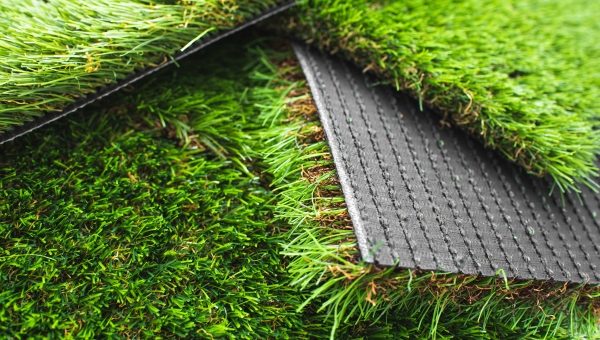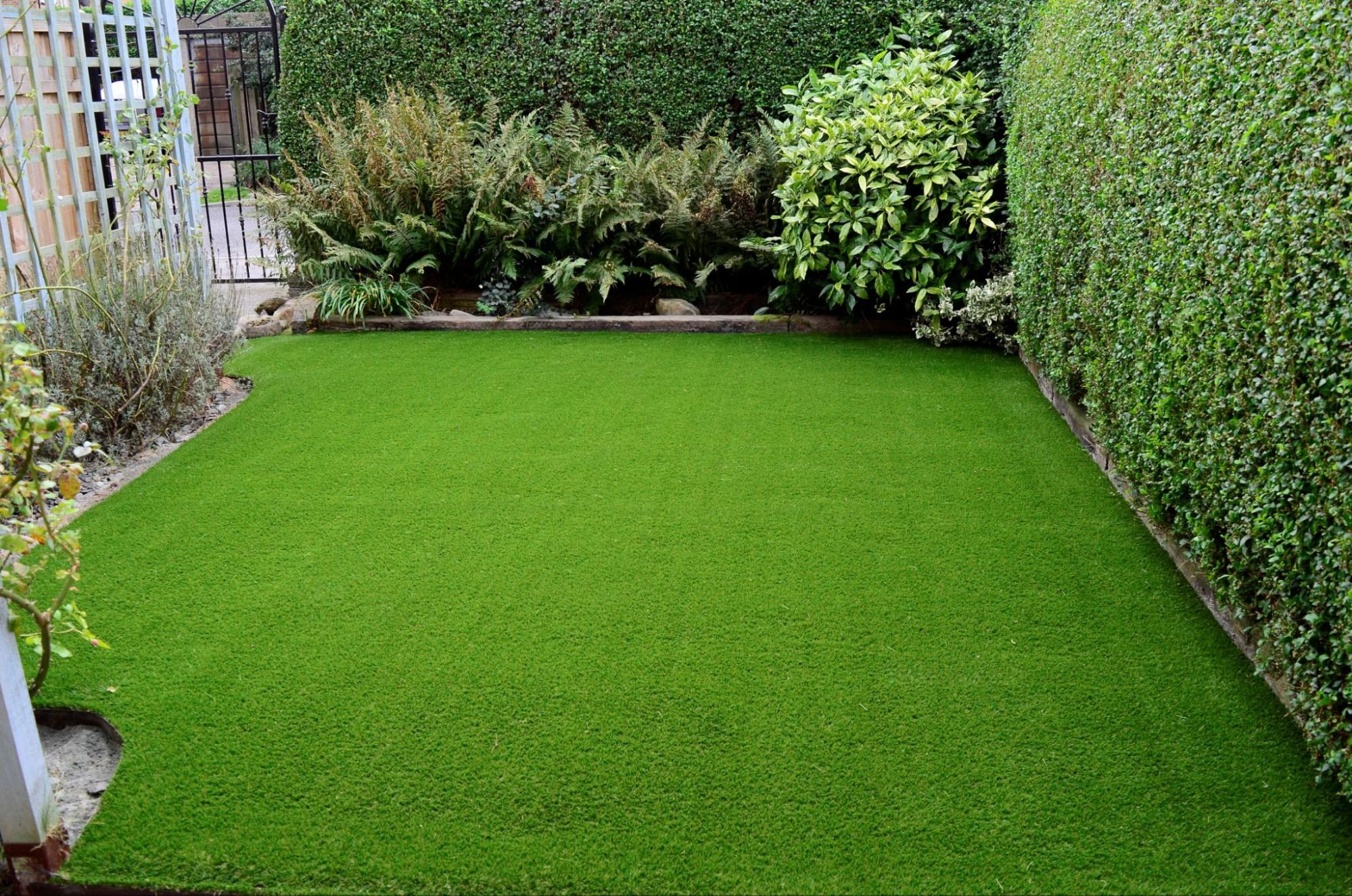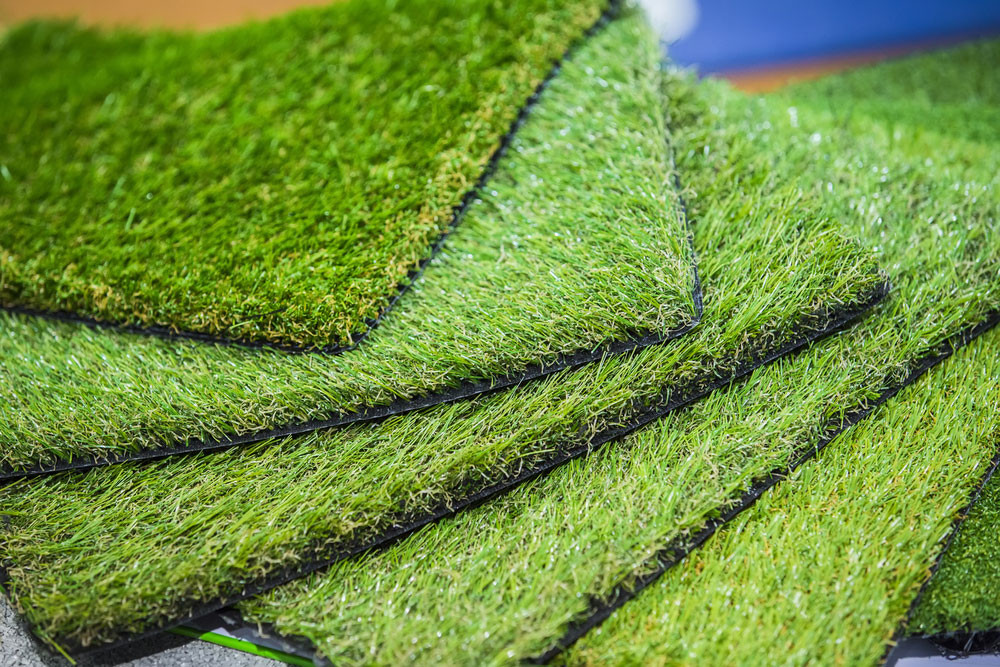Environmentally Safe Arizona Artificial Turf for a All-Season Lush Green Lawn
Environmentally Safe Arizona Artificial Turf for a All-Season Lush Green Lawn
Blog Article
Explore the Environmental Benefits of Opting for Synthetic Grass Solutions
The fostering of synthetic grass solutions provides an engaging opportunity to attend to pressing ecological difficulties. By dramatically reducing water usage and lessening the application of unsafe chemicals, these options not just advertise sustainable landscape design yet likewise shield local ecological communities. The lower carbon footprint linked with lowered upkeep tasks contributes to a much more lasting approach to land administration. Nonetheless, the implications of these benefits prolong beyond plain preservation efforts, questioning about their lasting influence on environment preservation and overall eco-friendly balance. Discovering these measurements exposes a complicated interplay worth taking into consideration.
Water Conservation Benefits
Among the most considerable benefits of synthetic lawn is its ability to preserve water. Conventional lawn yards need considerable watering, specifically in areas susceptible to drought or water limitations. In contrast, artificial lawn does not need watering, substantially decreasing the overall need for water resources. This feature is especially helpful in deserts where water deficiency is a pressing issue.
By removing the need for routine watering, synthetic grass contributes to lasting landscape methods and helps alleviate the ecological effect of extreme water consumption. The preservation of water extends to the decrease of drainage, which can lead to soil disintegration and waterway contamination.
Furthermore, the installment of synthetic grass allows municipalities and property owners to allocate water resources much more successfully, focusing on vital usages such as drinking water and agriculture. The change in the direction of fabricated grass not only promotes responsible water use however likewise aligns with more comprehensive ecological objectives targeted at maintaining natural sources.
As neighborhoods increasingly focus on sustainability, the water preservation advantages of synthetic grass present a compelling situation for its adoption in property and industrial landscape design projects.
Reduced Chemical Usage
The transition to fabricated grass substantially decreases the reliance on chemical treatments generally utilized in natural turf maintenance. Standard turf administration generally involves the application of herbicides, plant foods, and chemicals to advertise development and control pests. These chemicals can position risks to human health, regional wildlife, and the environment, adding to soil and water contamination.
In comparison, synthetic grass removes the demand for these unsafe compounds. When mounted, it needs marginal upkeep, mostly being composed of regular cleansing and irregular infill replenishment. This reduction in chemical use not only benefits the prompt setting but also contributes to more comprehensive ecological security. By minimizing the release of synthetic compounds into the ecological community, synthetic turf promotes healthier soil and water systems.
Moreover, the absence of chemical runoff associated with synthetic grass installations helps safeguard local rivers from pollution, sustaining aquatic life and preserving biodiversity. Artificial turf companies phoenix. As neighborhoods increasingly prioritize sustainable practices, opting for fabricated lawn provides a practical option that lines up with environmental conservation goals. Through this shift, homeowner can appreciate lush green spaces without compromising ecological wellness, paving the way for a much more lasting future
Reduced Carbon Impact

Additionally, the installation of synthetic grass can result in significant water preservation. Natural grass call for substantial amounts of water for irrigation, which not just includes to the carbon footprint connected with water removal and therapy but additionally stress neighborhood water resources. On the other hand, synthetic grass needs minimal maintenance, needing no watering, thereby significantly lowering water usage and its associated energy costs.
Furthermore, the longevity of man-made grass adds to its reduced carbon influence. With a life expectancy of approximately 15 years or more, the need for regular replacements is decreased, resulting in much less waste and reduced energy consumption in production and throwing away conventional turf alternatives. Overall, synthetic grass offers a lasting option for ecologically aware landscape design.
Environment Preservation
Environment conservation is an important consideration in the discussion over landscape design choices, especially when contrasting synthetic lawn to all-natural grass. All-natural turf yards often require considerable maintenance, consisting of using plant foods, herbicides, and chemicals, which can negatively impact local environments. These chemicals can seep right into the soil and rivers, hurting indigenous flora and fauna and interrupting local habitats.
Fabricated lawn removes the demand for damaging chemicals, thereby shielding close-by wildlife and keeping the integrity of my company surrounding ecological communities. The installment of artificial grass can lead to the conversion of previous yard locations right into more biodiverse landscapes, such as pollinator gardens or indigenous plant locations, which can support neighborhood wildlife.
Inevitably, the shift go now to synthetic grass not only conserves water and decreases maintenance initiatives yet also fosters an extra harmonious relationship in between human tasks and the all-natural environment, advertising environment preservation in the process.
Long-Term Sustainability
Lasting sustainability is an essential consider assessing the advantages of man-made lawn over typical lawn lawns. One of one of the most considerable benefits of synthetic lawn is its sturdiness; it can last as much as 15-20 years with minimal maintenance, whereas all-natural grass requires frequent reseeding and replacement. This longevity reduces the requirement for consistent resources, such as water, fertilizers, and pesticides, which are vital for keeping a healthy turf yard.
Furthermore, synthetic grass adds to a reduction in carbon discharges connected with yard treatment equipment. Conventional grass commonly require gas-powered lawn mowers, trimmers, and blowers, every one of which add to air pollution. Arizona turf. In contrast, synthetic grass removes the requirement for such tools, advertising a cleaner atmosphere
Furthermore, the production of artificial turf significantly makes use of recycled products, enhancing its sustainability account. As manufacturers embrace eco-friendly practices, the ecological footprint of synthetic grass continues to diminish.

Final Thought
The adoption of synthetic lawn services presents substantial environmental advantages, consisting of substantial water conservation, decreased dependence on damaging chemicals, and a lower carbon impact. Fabricated turf help in protecting all-natural habitats by lessening land disruption and promoting long-lasting sustainability via the use of durable products. Collectively, these factors underscore the capacity of man-made turf to contribute favorably to ecological health and wellness and offer a sensible choice to standard landscape design practices in a significantly resource-conscious world.
In contrast, artificial lawn does not need watering, dramatically reducing the overall need for water sources. By minimizing the release of artificial substances right into the ecosystem, fabricated lawn advertises healthier dirt and water systems.
In addition, the installment of synthetic turf can result in substantial water conservation. In contrast, man-made turf requires minimal upkeep, requiring no watering, consequently significantly lowering water usage and its associated power expenses.

Report this page